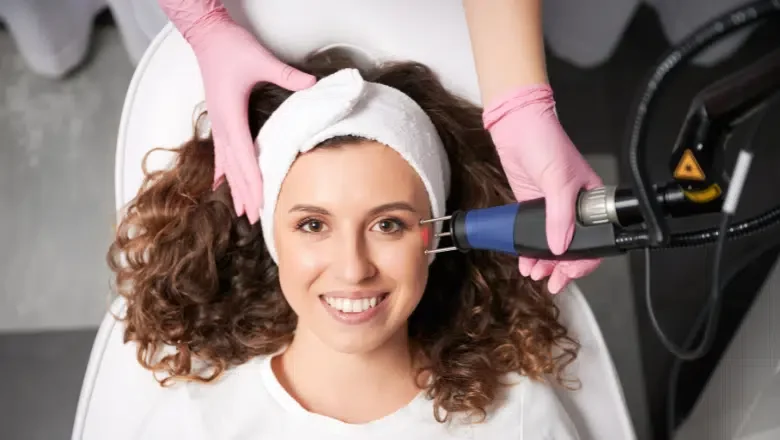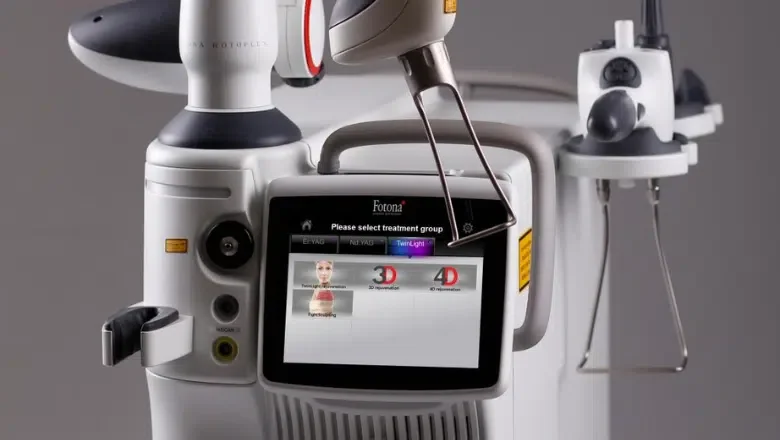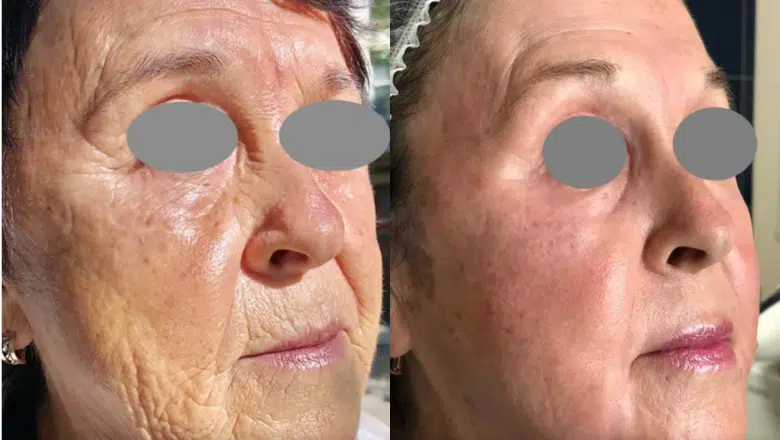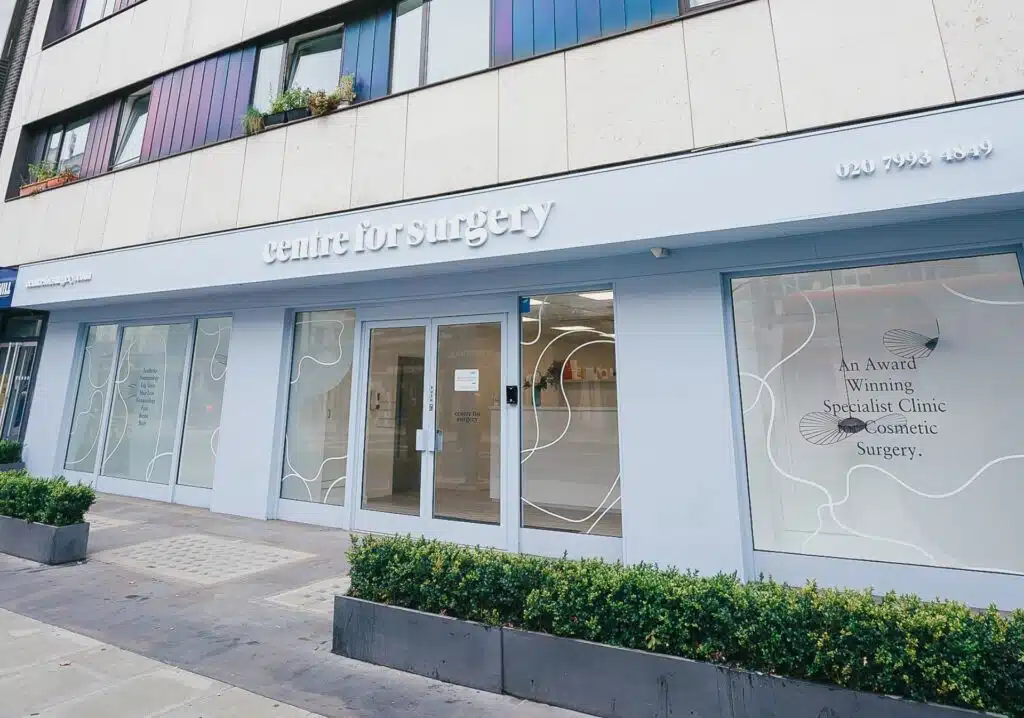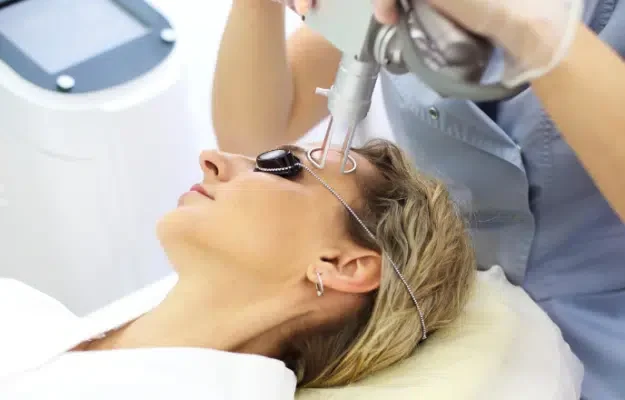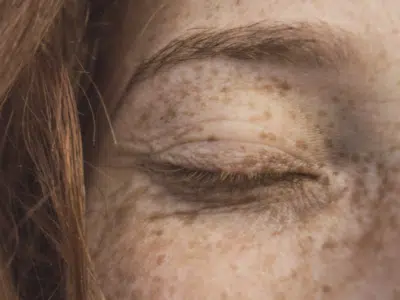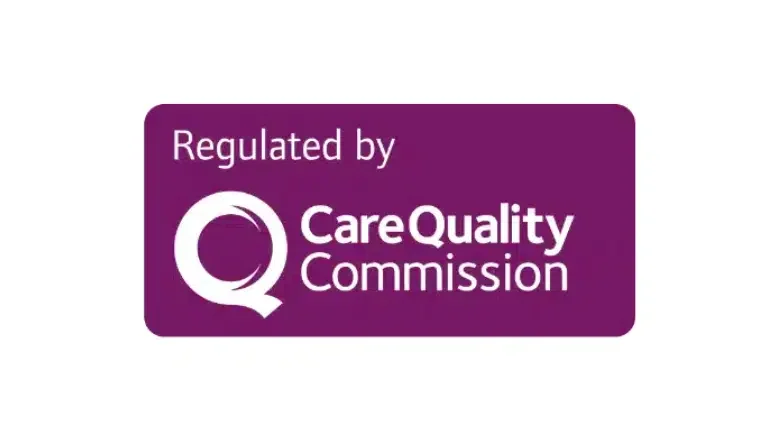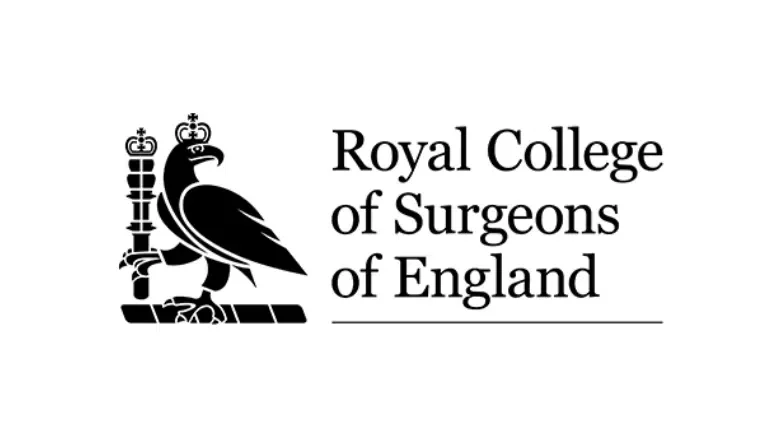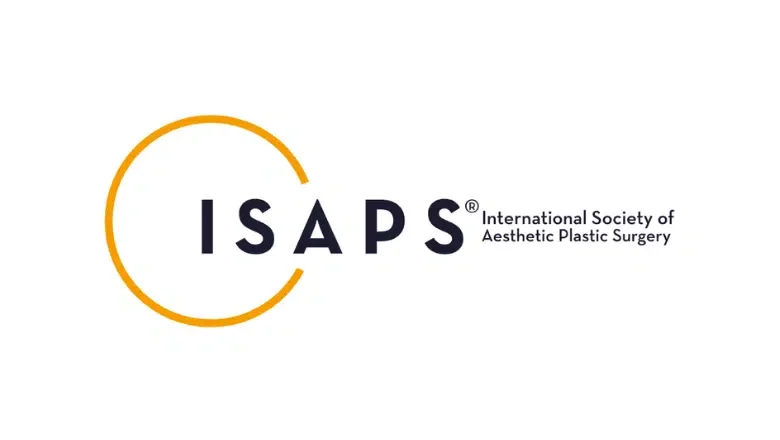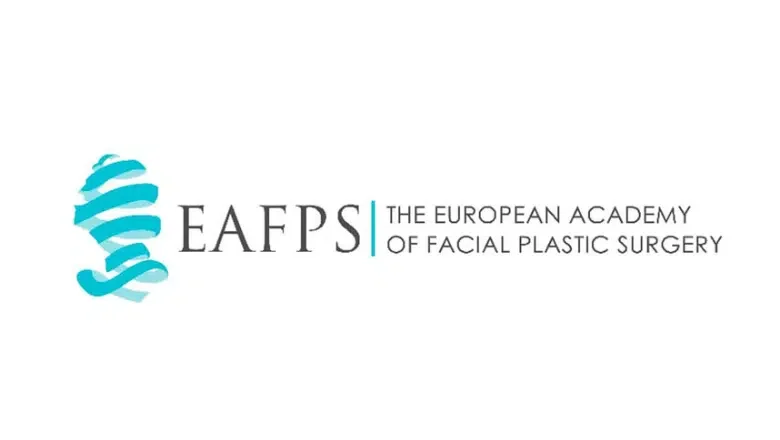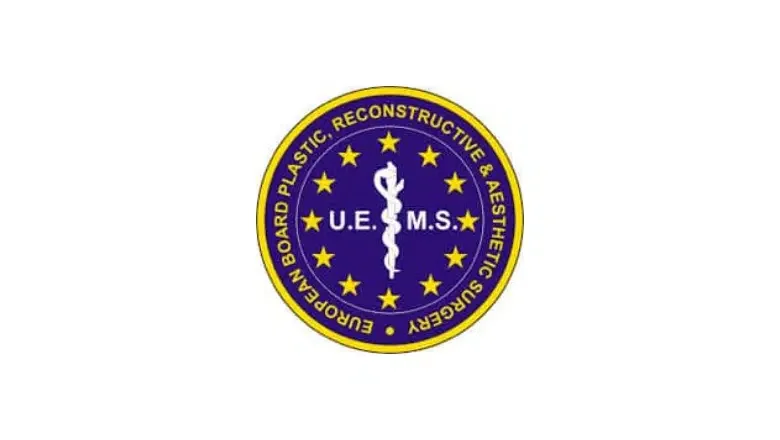A chemical peel, often seen as a transformative step towards achieving radiant and youthful skin, works by deeply exfoliating the outermost layer, revealing the smoother, more vibrant skin underneath. While the effects of a chemical peel can be considered permanent in the sense that you’ve removed a layer of skin, the newly exposed layer is not immune to the environmental factors and natural ageing process that affect skin’s appearance over time.
This ongoing vulnerability means that, although a chemical peel can significantly improve your skin’s texture and appearance, maintaining that fresh, rejuvenated look requires a bit of effort. Regular chemical peels can be an effective strategy for continuous improvement, helping to combat the visible signs of ageing and keeping your skin in its best possible condition. By periodically removing the outer layer of dead and damaged skin, you can mitigate the accumulation of imperfections and maintain a more youthful, radiant complexion.
As is the case with many cosmetic treatments, the key to prolonging the benefits of a chemical peel lies in prevention and diligent care. Environmental factors, particularly exposure to the sun’s UV rays, play a significant role in the premature ageing of the skin. Protecting your skin with a high SPF sunscreen, wearing protective clothing and accessories, such as hats, when exposed to direct sunlight, and seeking shade whenever possible, are all critical steps in preserving the results of your peel.
Is Laser Skin Resurfacing effective?
Laser skin resurfacing stands as a testament to modern dermatological achievements, offering a viable solution for a variety of skin concerns. This advanced treatment has proven its effectiveness in enhancing skin texture, reducing the appearance of wrinkles, treating blemishes such as crow’s feet and dark spots, and significantly improving the look of acne scars. By targeting and removing the layers of skin damaged by the sun, laser resurfacing encourages the emergence of newer, younger-looking skin, thereby reducing signs of sun damage and hyperpigmentation and tightening areas of loose or wrinkled skin.
RELATED: Can Sun-Damaged Skin Be Reversed? Exploring Treatment Options
The technology behind laser skin resurfacing comes in two main forms: non-ablative and ablative lasers, each catering to different skin concerns and lifestyle needs. Non-ablative lasers, known for their minimal downtime, work by heating the skin’s underlying layers to stimulate collagen production and cell turnover without damaging the skin’s surface. This approach is particularly beneficial for those looking to address sun damage, hyper-pigmentation, melasma, skin texture and tone, or acne scars, without the significant recovery time. However, multiple sessions may be required to achieve the desired results.
On the other hand, ablative lasers offer a more intensive treatment by removing the outer layer of skin and heating the underlying layers. This method is suited for patients with moderate signs of ageing who prefer a one-time treatment with more dramatic results, despite a longer recovery period of at least two weeks. The choice between non-ablative and ablative laser treatments depends on the patient’s specific skin issues, desired outcomes, and ability to accommodate downtime.
Preparation is key to maximising the benefits of laser skin resurfacing. Patients are advised to resolve any active skin conditions, such as open wounds, breakouts, or infections, prior to treatment. Additionally, the discontinuation of retinoids two weeks before the procedure is required to prevent adverse reactions. For those susceptible to cold sores, a preventative antiviral medication may be prescribed to minimise risks before and after the treatment.
Is Laser Skin Resurfacing Painful?
Laser skin resurfacing involves different levels of discomfort depending on the type of laser treatment chosen.
Non-Ablative Laser Resurfacing
Non-ablative laser treatments are known for being relatively comfortable. A highly effective numbing cream is applied to the skin to maximise patient comfort before the procedure begins. This step significantly reduces any discomfort that may be experienced. Patients often report that the procedure is far more comfortable than anticipated, with many comparing the sensation to a light prickling or warmth on the skin.
Ablative Laser Resurfacing
Ablative laser treatments, being more intensive, require a different approach to manage comfort. For procedures using fully ablative lasers, patients are typically provided with IV sedation or general anaesthesia, ensuring that there is no pain experienced during the treatment. A protective Aquaphor dressing is applied to the treated areas after the procedure. This dressing acts as a “second skin,” providing moisture and protection, which helps to prevent discomfort. Areas not covered by the dressing, such as the nose and mouth, may feel similar to a mild sunburn for a short period following the treatment but generally do not cause significant discomfort.
Treatment Pain Management
The approach to managing discomfort after the procedure varies with the type of laser used. For those undergoing nonablative laser resurfacing, any minor discomfort can typically be managed with over-the-counter pain relief, though many patients find they do not require any medication at all. Applying ice and cool air during the first day post-treatment can also provide relief and reduce any mild swelling.
In contrast, while pain medication is available for those who have undergone ablative laser resurfacing, it is seldom needed. The immediate post-treatment care, including the application of moisturising dressings and the sedative measures taken during the procedure, significantly reduces the likelihood of pain afterwards.
How much does laser skin resurfacing cost?
Laser skin resurfacing in London varies significantly in cost. The price range for this advanced cosmetic treatment can fall anywhere between £800 and £6000. This broad spectrum is influenced by several key factors, which potential patients should consider when exploring this option for skin enhancement.
Factors Influencing the Cost
- Areas Treated: The size and number of areas undergoing treatment play a crucial role in determining the overall cost. Treating larger areas or multiple facial zones requires more time and resources, which can increase the price.
- Types of Laser: There are various laser technologies available, including ablative and non-ablative lasers, each designed to target specific skin concerns. The choice of laser technology affects the complexity and effectiveness of the procedure, impacting the cost.
- Choice of Practitioner: The expertise and reputation of the doctor performing the procedure also contribute to the pricing. Highly experienced practitioners with a track record of successful outcomes may charge more for their services, reflecting their skills and knowledge.
Consultation: The First Step to a Personalised Quote
The first step towards undergoing laser skin resurfacing is to schedule a consultation with a qualified doctor at Centre for Surgery. This initial meeting is crucial for several reasons:
- Assessment of Your Skin’s Needs: A thorough examination allows the practitioner to understand your skin’s condition, concerns, and suitability for laser resurfacing.
- Recommendation of the Appropriate Laser Procedure: Based on your skin assessment, the doctor can recommend the most effective laser treatment to achieve your desired results, whether it be ablative, non-ablative, or a combination approach.
- Provision of a Customised Quote: Following the consultation and treatment recommendation, you will receive a tailored quote that reflects the specifics of your proposed treatment plan, including the areas to be treated, the type of laser used, and the expected number of sessions.
Investing in Your Skin’s Future
While the cost of laser skin resurfacing in London may seem like a significant investment, it’s important to consider the long-term benefits of this procedure. Beyond the immediate improvements in skin texture, tone, and appearance, laser resurfacing can contribute to a more youthful and radiant complexion for years to come. Selecting a skilled practitioner and the right laser technology for your needs is essential in ensuring that your investment leads to satisfying and lasting results.
